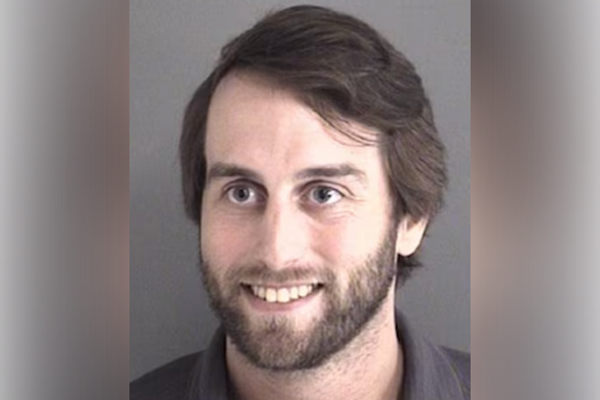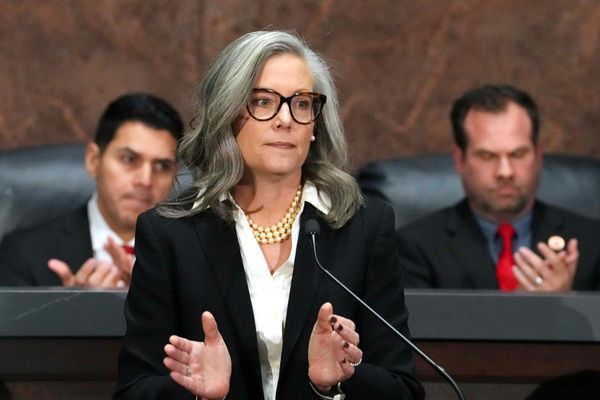
My father, Brian Perrin, who has died aged 92, was an artist and teacher who first came to prominence among the new wave of British printmakers in the late 1950s. He exhibited internationally from the 60s to the 80s and his work is in public collections around the world, including the Victoria and Albert Museum in London and the Metropolitan Museum of Art, New York.
As head of printmaking at Wimbledon School of Art, in south-west London, from 1965 until 1997, Brian created one of Britain’s leading print workshops, attracting artists such as David Hockney and, among its visiting lecturers, Patrick Caulfield, Terry Frost and Prunella Clough. In 1981, he established the UK’s first postgraduate course in printmaking.
The workshop at Wimbledon was both a teaching environment and, in effect, Brian’s studio. Teaching by example, Brian made Wimbledon part of a great tradition dating back to the 15th century. He inspired countless printmakers and through the workshop’s reputation was able to promote his students’ work internationally, in reciprocal exhibitions all over Europe. Reflecting Brian’s personality, including his sense of humour and love of a good wine, the workshop also became known as one of the school’s social hubs and its Christmas parties were the envy of rival departments.
Brian was born in Streatham, the son of Charles Perrin, a warehouse manager, and his wife, Beatrice (nee Beckley). He was educated at Whitgift school in Croydon. After Croydon School of Art he went on to study at the Royal College of Art, where in 1954 he won the Rome scholarship in engraving. This led to two happy and life-changing years at the British School at Rome, where he met Jane Lisle, my mother. They married in 1962.
As an artist, Brian was drawn to the harsher, more structurally complex aspects of the British landscape. His first solo show, held at Robert Erskine’s St George’s Gallery in Mayfair in 1960, featured etchings of the slate mines of north Wales, rendered near-abstract by his emphasis on geology and the material impact of the etching process itself. His distinctive visual language led to his inclusion in 1963 in Wolf Stubbe’s book History of Modern Graphic Art.
During the 60s, Brian’s landscapes became increasingly abstract as he explored shape and structure through multiple layered cut plates and a distinct use of acid yellow, turquoise and green printing inks.
In the early 70s, during long summer holidays, he explored the less angular contours of the Dorset landscape. Later, he became increasingly focused on the outlook from his studio in Kingston upon Thames and on the terrain of nearby Richmond Park.
Brian continued to produce work long after his retirement. He was finally prevented only by the onset of dementia. To the end, he loved relaxing with friends and family, and re-watching his favourite westerns with his grandchildren.
He is survived by Jane and his sons, Alexander and me, two grandchildren, Rose and Alfred, and his sister, Betty.







